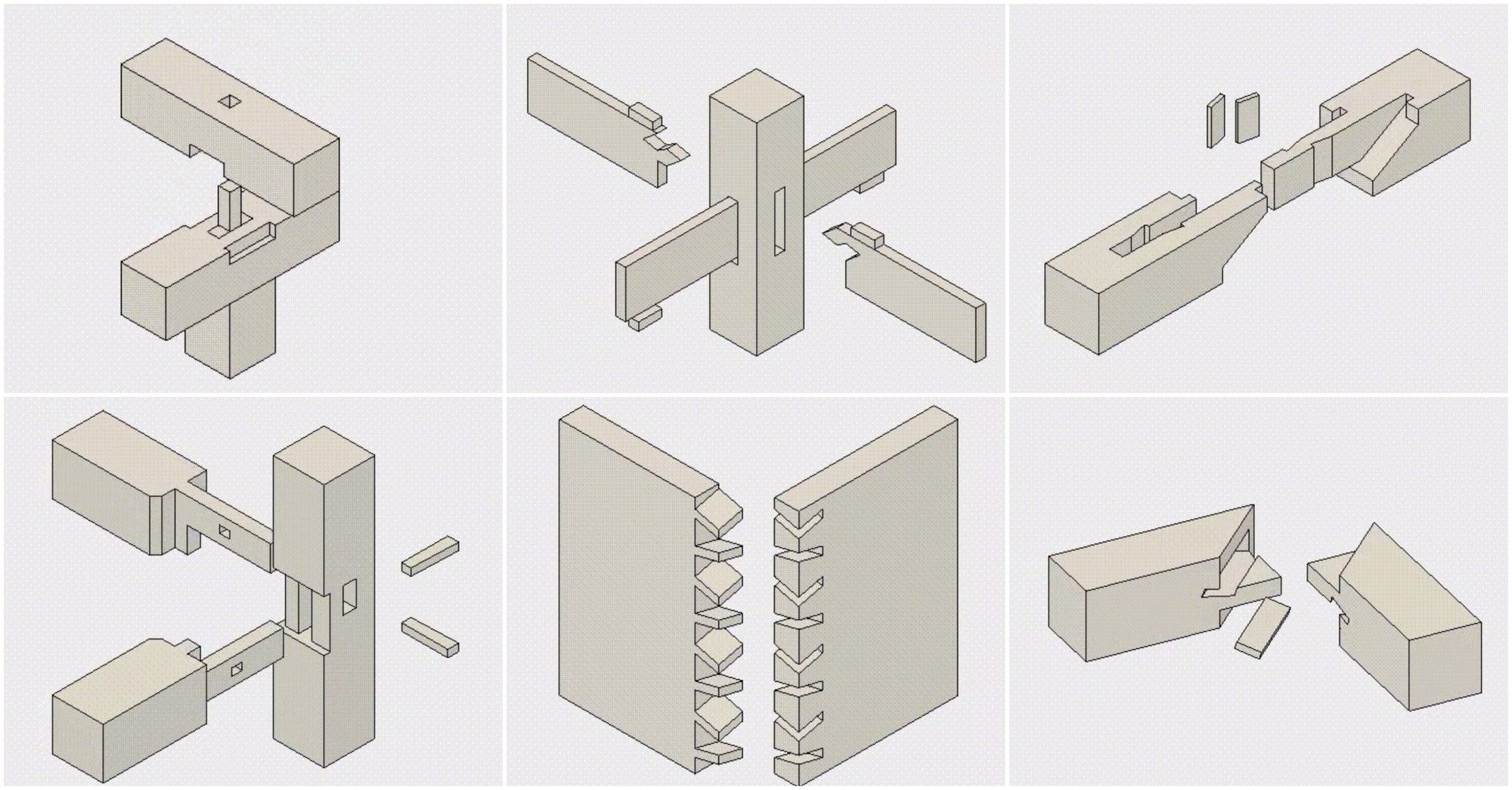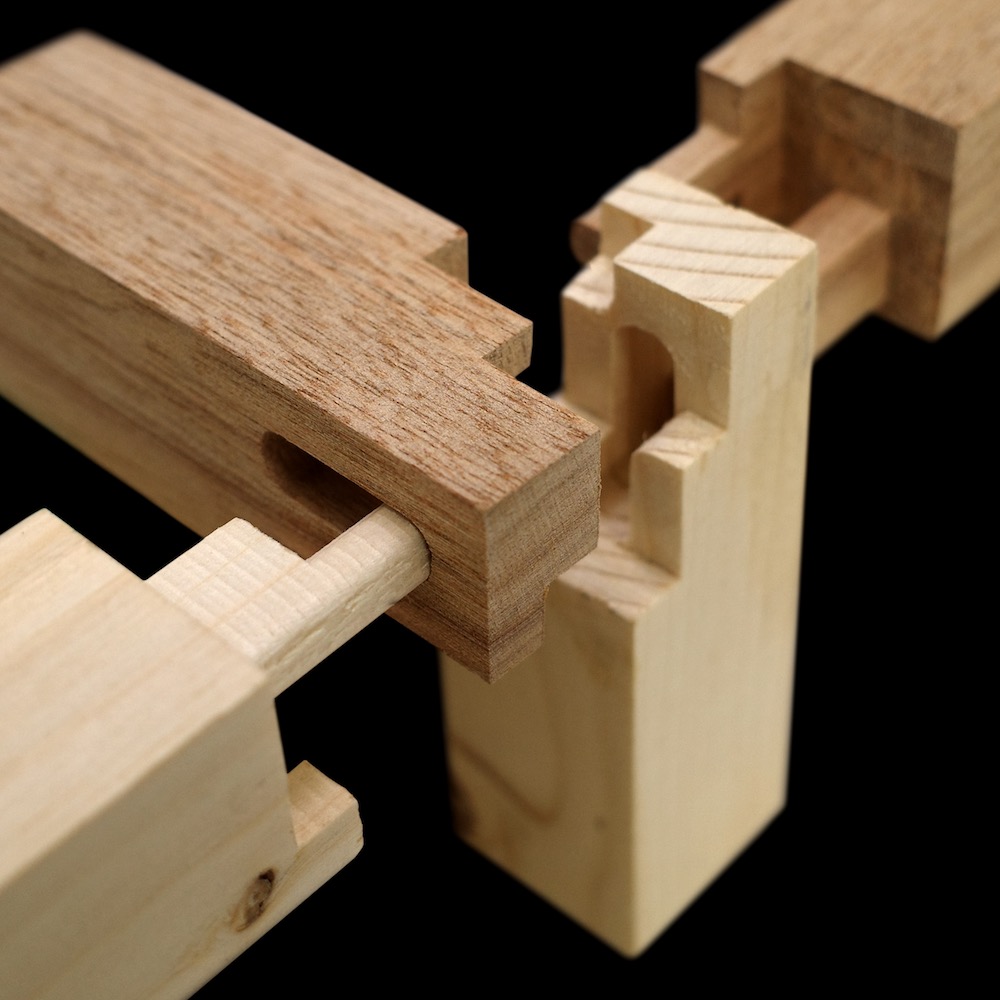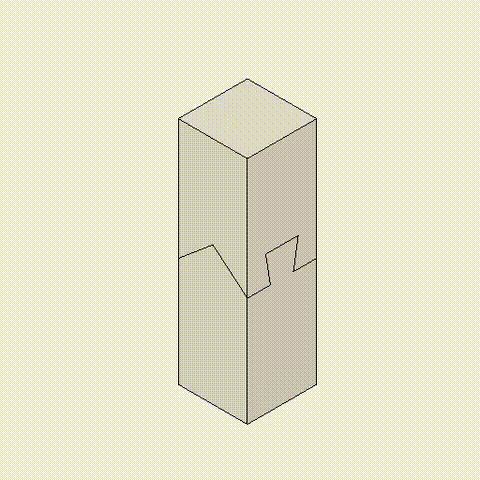The Japanese have always been well known for their mastery of wood craftsmanship, especially the traditional Japanese Joinery techniques. Their complex yet perfect wood joinery techniques date back to the 7th century. Wood elements of traditional Japanese structures were interlocked together by complicated tongue and groove-like joint systems. These systems were perfectly functional and did not require nails, bolts, or adhesives. However, these techniques were kept exclusive to the family carpentry guilds which developed them, as secrets of the trade.
Recently, there have been efforts to document these traditional joint systems in books and magazines to keep them alive, but the 2D illustrations are not easy to comprehend. Also, the assembly techniques for the different parts are difficult to visualize based on 2D static figures.

A young Japanese man, who works in automobile marketing, realized these problems and decided to propose a solution. He created 3D animated illustrations for a number of traditional wood Japanese joinery techniques and published them on a Twitter account. He used product design software Fusion360 and his own self-taught woodworking skills to create them. The account is dedicated to content featuring different techniques of wood joinery.

What is Japanese joinery called?
The traditional Japanese Joinery techniques are called “Kumiki”.
Are Japanese Wood Joints Strong?
Although Japanese Joinery techniques do not require any additional tools, they are extremely strong and durable and can be used in making furniture or door frames.
Japanese Joinery GIF:

The creator of the animated illustrations was triggered by his fascination with the traditional techniques to collect and organize them. He even plans to place them in catalogs. He is hopeful that 3D printing and machinery technologies would restore these Japanese joinery techniques to their former glory.

